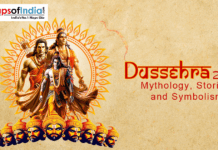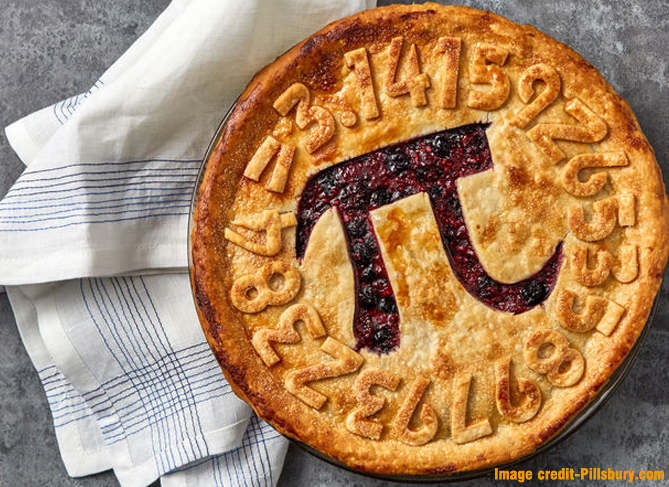“India was the motherland of our race and Sanskrit the mother of Europe’s languages. India was the mother of our philosophy, of much of our mathematics, of the ideals embodied in Christianity…of self-government and democracy. In many ways, Mother India is the mother of us all.” – Will Durant, American Historian (1885-1981)
Mathematics is one such division that involves thinking and mind is used at its best. In India most of the students studying the conventional mathematics can solve problems that are taught to them at school, but they are unable to solve the problems that are new and not taught to them. Reason for this is – lack of basic concept clarity. Hence, instead of conventional way such a method should be developed or accepted that provides basic clarity so that overall learning can be improved. But we need not to develop any such method because of our rich history and great mathematicians.
Eminent Indian mathematicians have given the value of zero, the use of decimals, complex mathematical calculations, etc. Also there are many veteran scholars like Aryabhatta who laid the foundations of algebra, Medhatithi and Madhyatithi who developed the basic framework for numerals, Baudhayan, the great geometer, etc. Along with all these, ancient mathematicians of India developed Vedic Mathematics. It has been mentioned in Hindu Vedas and used for solving mathematical problem. Most of the simple to complex problems can be solved by using 16 Sanskrit word formulae of Vedic Maths.
How Vedic Mathematics begins?
Vedic Mathematics was not known to the world but with an increase of interest in ancient Sanskrit text, the ancient Vedic Mathematics was rediscovered by Swami Bharati Krisna Tirthaji (the former Shankaracharya of Puri, India) in 1911. Swami Bharati Krisna Tirthaji was a great scholar of Sanskrit, Mathematics, History and Philosophy. His deep study and careful research had deciphered the great mathematical formulas known as Sutras that were completely ignored as no one could relate these to mathematics. Vedic Mathematics (1965) that is a pioneer work of Bharati Krishna Tirthaji, has techniques of Vedic mathematics. It is considered as a first work towards Vedic Mathematics.
In late 1960s a copy of his book reached London and from there Vedic Mathematics was reborn. It was taken up as a new alternative system of mathematics. British mathematicians got interested in Vedic mathematics. Many lectures on this were delivered which later on were collected in the book – Introductory Lectures on Vedic Mathematics. After the visit of Andrew Nicholas to India between 1981 and 1987, interest in Vedic maths started to develop in India.
Vedic mathematics has given a new approach to mathematics. To do calculations quickly, the Indian Institute of Technology IIT students are said to use Vedic Mathematics. St James’ School, London and many other schools have started teaching Vedic maths to their students. In India also it is taught in many schools. Students of economics and MBA find it very useful. A Delhi-based forum known as International Research Foundation for Vedic Mathematics and Indian Heritage have been giving lectures on Vedic Mathematics since 1999 in most of the schools in Delhi.
Without a doubt there are many advantages of learning Vedic Mathematics. Students develop problem solving ability and it also leads to the development of creative intelligence.
Students of Vedic Mathematics can not only do simple calculations of subtraction, addition, multiplication but also very complex calculations such as algebra, geometry, calculus and trigonometry. Your mind is at work with this mathematics so mental sharpness is associated with it.
Vedic maths is very effective and at the same time it is easy to learn.
Only 16 Vedic sutras are used to solve the mathematical problem. Sutras are basically word formulae that describe normal way of solving mathematical problems.
Instead of learning by repetition, Vedic Mathematics involves logic and understanding the fundamental concepts.
One can do calculations much faster than done by using the conventional method that is taught in schools. It teaches the students to solve same problem in different ways.
Now, the question is if India has such a wonderful and useful way of calculating mathematical problems then why it is not taught in all the school, right from the beginning. Why we rely just on Western education pattern and learning through logical reasoning instead of mentally solving them. People must be encouraged to learn Vedic mathematics and it must be part of our curricula.




